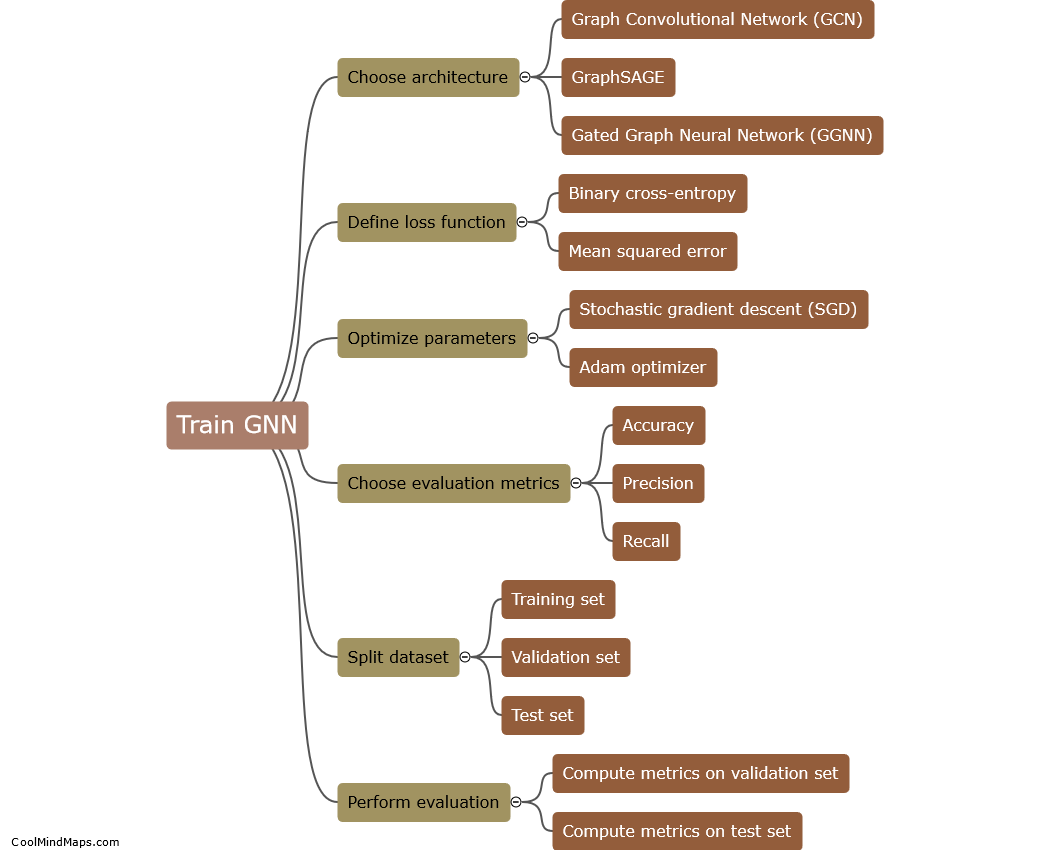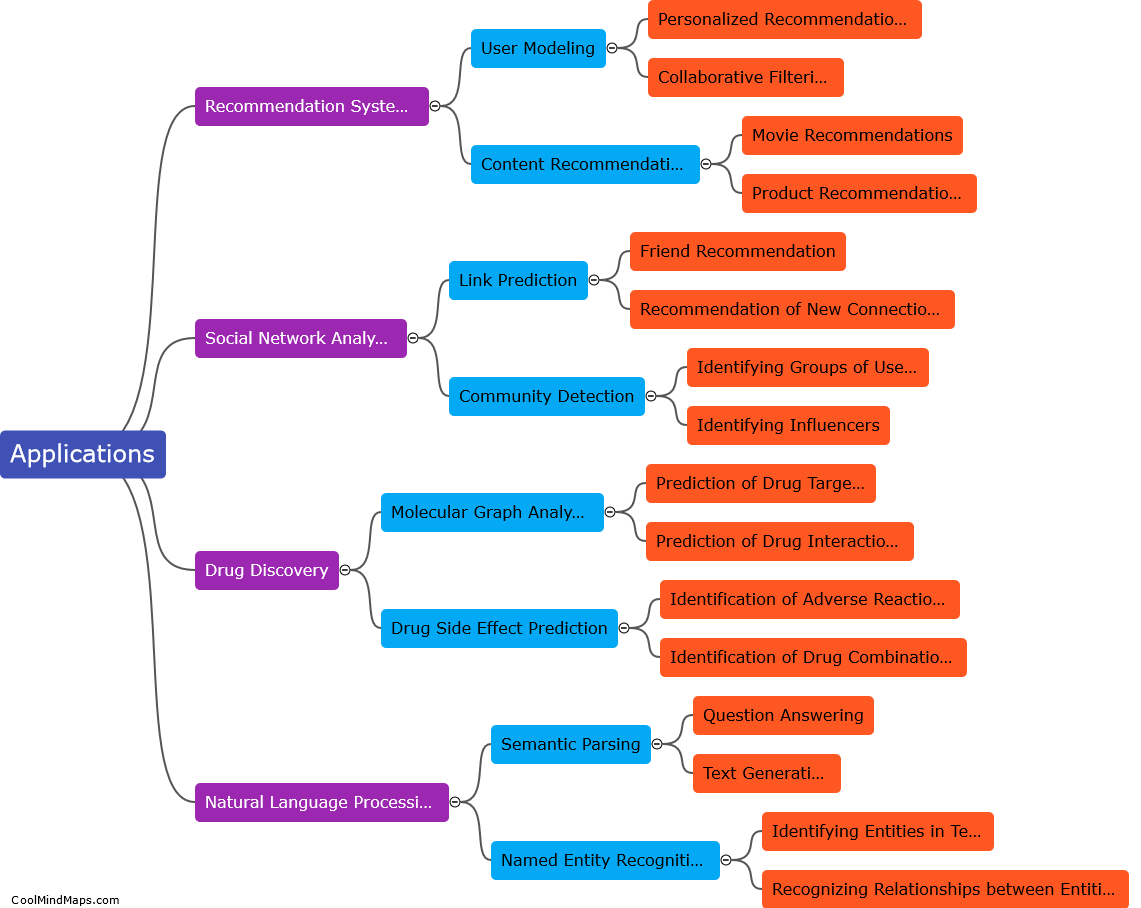How can we train and evaluate graph neural networks?
Graph neural networks (GNNs) are a popular class of deep learning models that are designed to operate on graph-structured data. Training and evaluating GNNs can be challenging due to the unique characteristics of graphs. To train GNNs, techniques like backpropagation are used to update the weights of the model by minimizing a loss function. However, since graphs can vary in size and topology, specialized approaches like graph convolutional layers or message-passing mechanisms are employed to capture the local and global information within the graph. Evaluating GNNs involves assessing their performance on specific graph-based tasks, such as node classification or link prediction, and comparing the predicted outputs with ground truth labels. Various metrics like accuracy, precision, recall, and F1-score are commonly used to evaluate the performance of GNNs. Additionally, techniques like cross-validation or holdout validation are employed to ensure model generalization and avoid overfitting. Overall, training and evaluating GNNs require considering the unique properties of graph data and designing appropriate techniques to address the challenges they present.

This mind map was published on 20 August 2023 and has been viewed 112 times.











